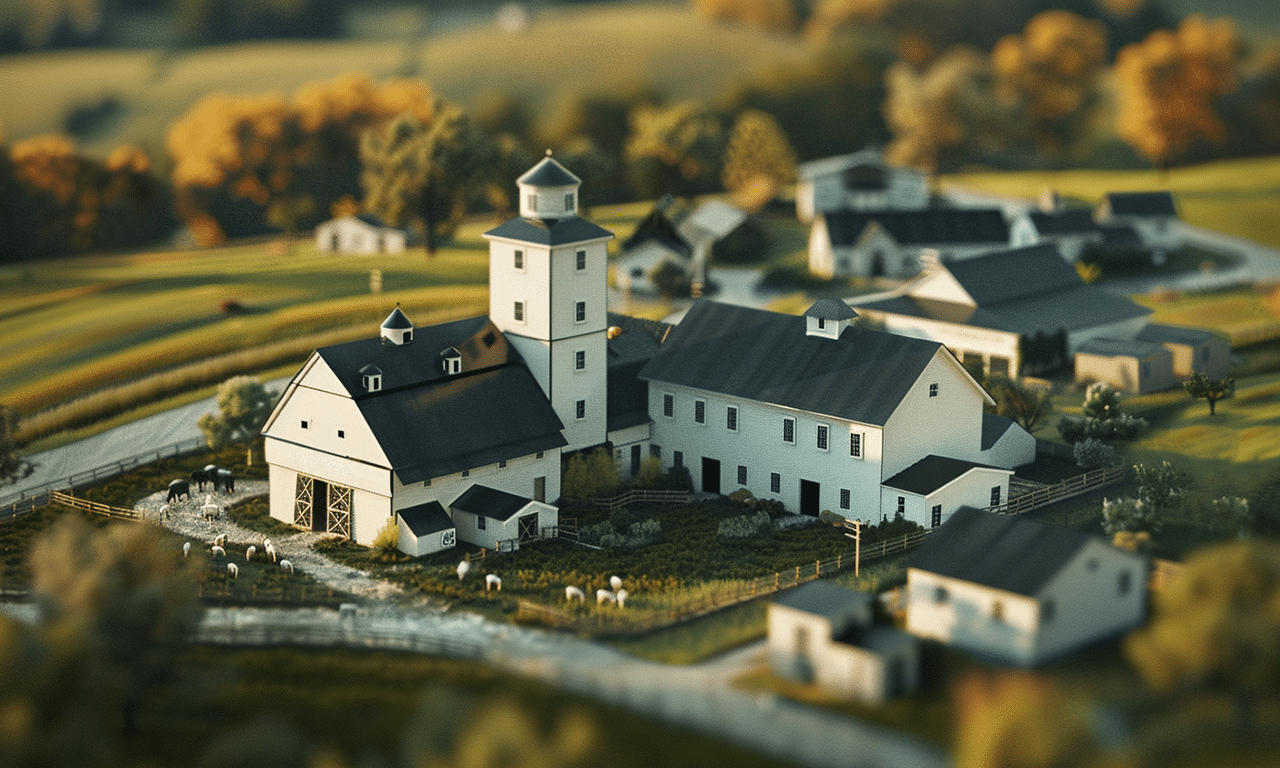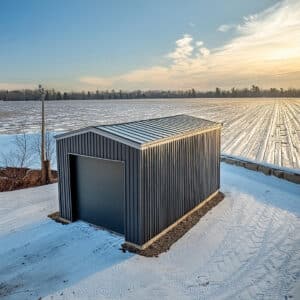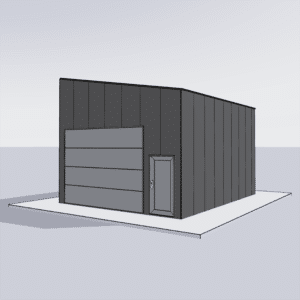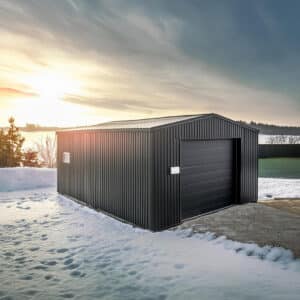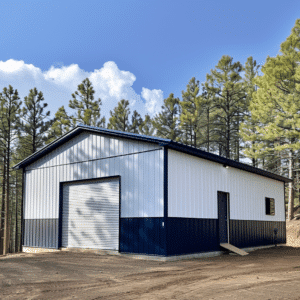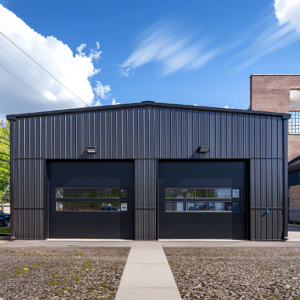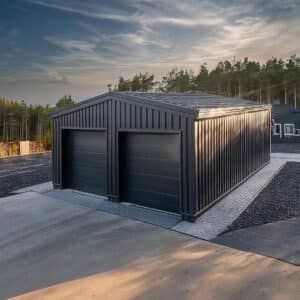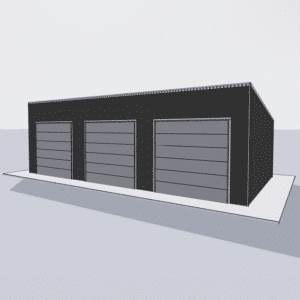In the expansive world of agriculture, creating a nurturing environment for livestock goes beyond providing basic shelter. It’s about designing structures that promote well-being, efficiency, and sustainability. For farmers and ranchers seeking to optimize their facilities, steel livestock housing emerges as a practical and innovative solution. But why steel, and how can these buildings be customized to foster the ideal living conditions for animals?
The Rise of Steel in Agriculture
Steel has long been lauded for its robustness and versatility, making it a staple material in construction across various industries. In agriculture, its applications have expanded significantly with innovations that cater to the unique needs of livestock. Steel offers a plethora of advantages that traditional materials can’t compete with, ensuring that your animal housing is as durable as it is functional.
Durability and Strength
One key reason for choosing steel is its unmatched durability. Unlike wood, steel is impervious to pests such as termites and is greatly resistant to rot, mold, and fire. These attributes make it particularly appealing for agricultural use, where terms of wear and longevity are crucial. The strength of steel ensures that your barns and shelters remain sturdy against harsh weather conditions—from heavy winds to torrential rains—protecting your valuable livestock within.
Customization and Flexibility
Another reason steel structures stand out is their flexibility in design. With the ability to customize layouts to cater to different livestock needs, steel buildings allow for optimized environments tailored to specific animals. Whether creating a Steel Barns & Farm Buildings or Metal Livestock Shelters, each facility can be fitted with features such as temperature control, ventilation systems, and easy access for feeding and cleaning.
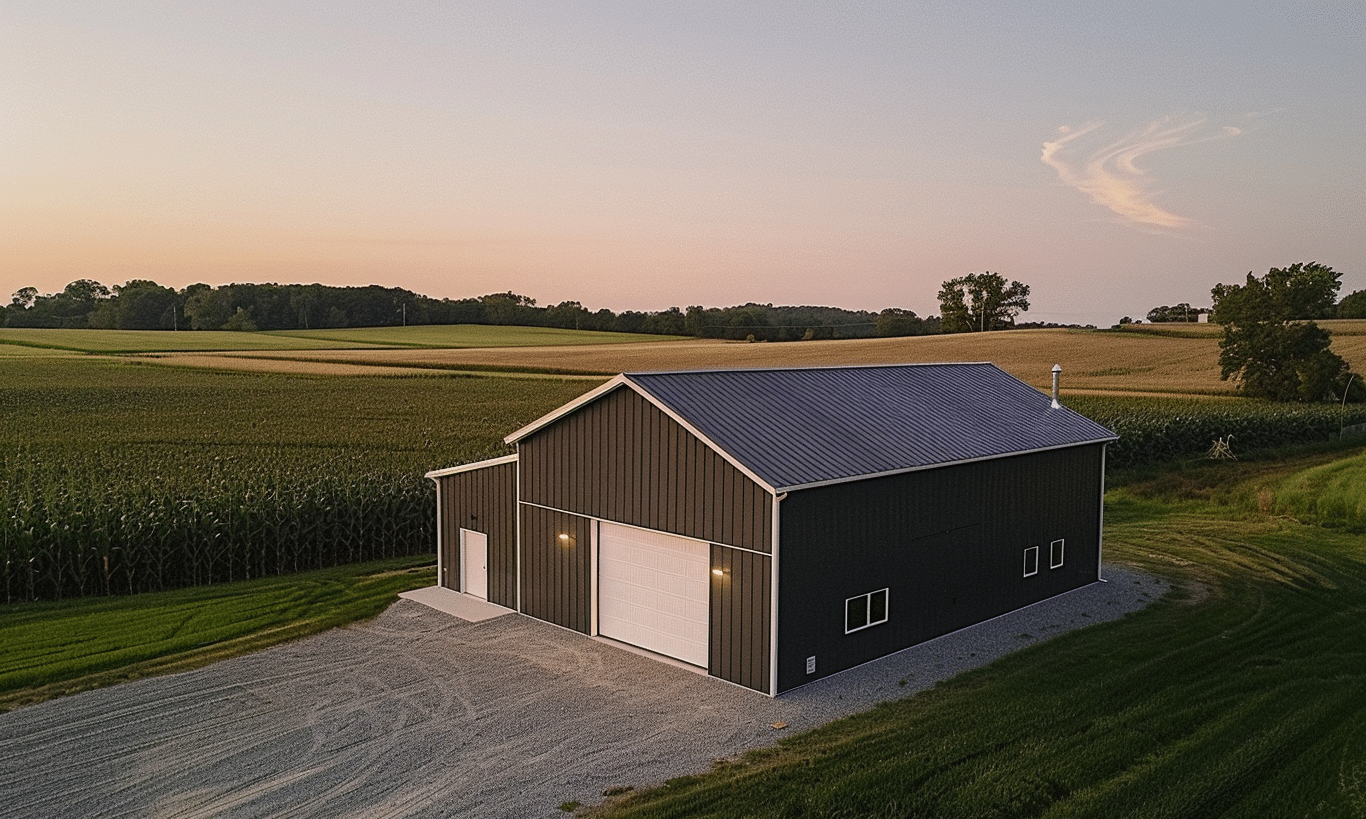
Designing for Livestock Comfort
Creating a comfortable environment is key to ensuring a healthy and productive livestock operation. When designing with steel, there are various factors to consider to optimize comfort for the animals.
Ventilation and Temperature Control
Proper airflow is crucial in livestock housing. Efficient ventilation systems can drastically improve air quality by reducing humidity and the accumulation of harmful gases like ammonia. Steel structures allow for the integration of sophisticated systems that maintain ideal temperatures, ensuring the animals remain stress-free regardless of the external weather conditions.
Space Utilization
When constructing steel livestock housing, space is more easily optimized. High clear-span interiors mean fewer columns obstruct the floor space, providing wide-open layouts that facilitate movement and reduce stress among animals. This design also simplifies the installation of feed and water systems, ensuring easy access for large herds.
Insulation and Noise Reduction
Steel’s natural acoustic properties can be enhanced to minimize noise, an important factor in animal comfort, as excessive noise can cause stress and disrupt animals’ natural behaviours. Furthermore, with proper insulation, steel buildings provide a soundproof and thermally regulated environment, minimizing energy costs and creating a peaceful shelter area.
Innovations in Agricultural Steel Buildings
Technological advancements continue to revolutionize the landscape of agricultural steel buildings. Modern design processes and materials have forged the path for more efficient, eco-friendly, and safer livestock housing.
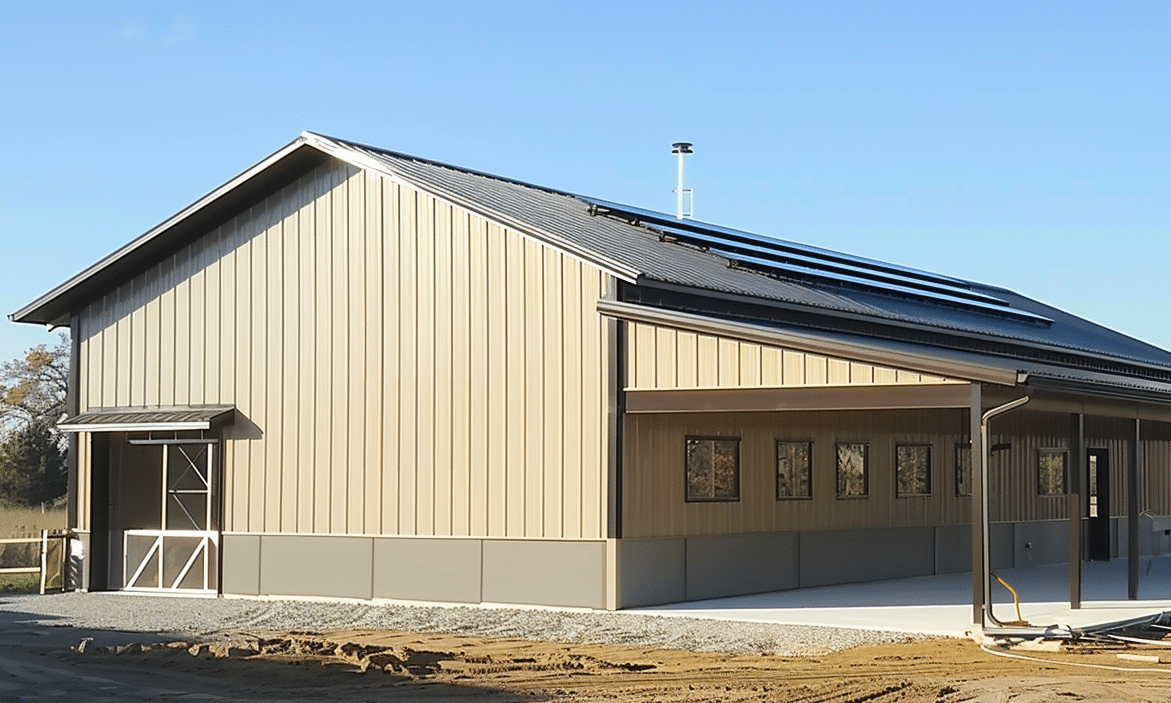
Sustainability and Energy Efficiency
Paramount in today’s agricultural practices is sustainability. Steel not only possesses a long service life but is also infinitely recyclable, reducing waste. Many steel structures now incorporate solar roofing to supplement energy needs, decreasing reliance on non-renewable energy sources and cutting operational costs.
Compliance with Livestock Housing Standards
Maintaining compliance with livestock housing standards ensures facilities are safe and humane. Steel buildings can be designed to meet or exceed these standards, integrating the latest technology and design practices to provide a nurturing environment for the animals.
Conclusion: The Future of Livestock Housing
Steel livestock housing presents a compelling future for animal agriculture. Its adaptability, strength, and sustainability make it an ideal choice for modern farmers. By investing in Agricultural Steel Buildings, farm operators can enhance their operations significantly, ensuring comfort for their animals and efficiency in their practices.
The journey to creating better environments for livestock doesn’t end at steel’s robust and customizable attributes. It’s about embracing modernity with considerations for both animal welfare and environmental stewardship. As the industry evolves, so too does the potential for innovation in agricultural practices, paving the way for a prosperous, sustainable future in farming. So, as you plan your next building project, consider the superior advantages of Steel Storage Solutions and structures uniquely designed for your livestock’s well-being.


